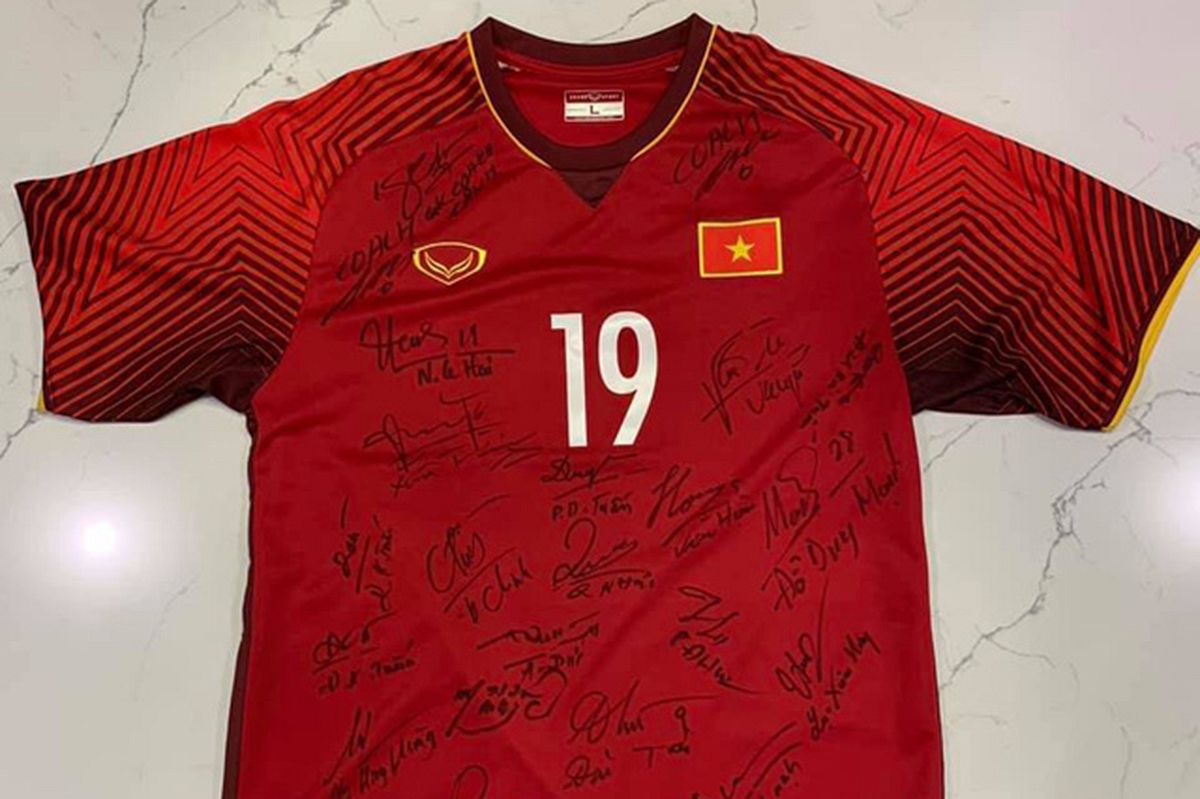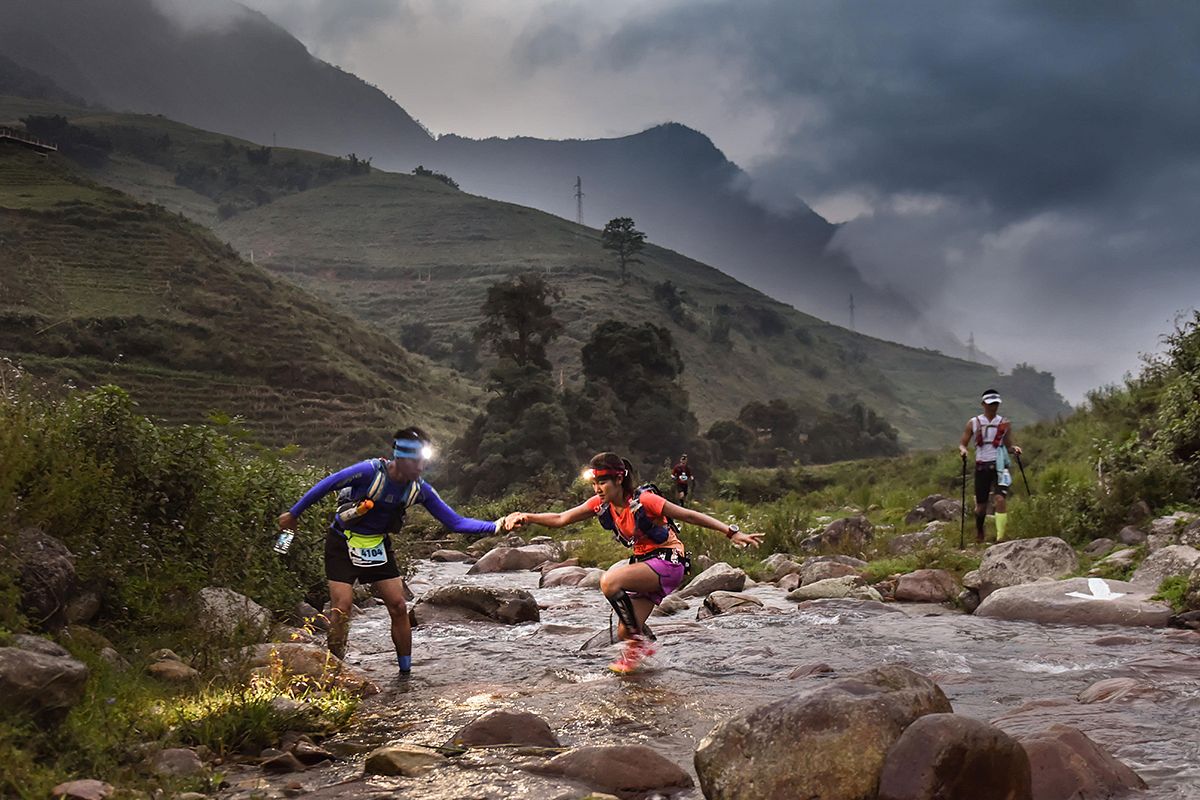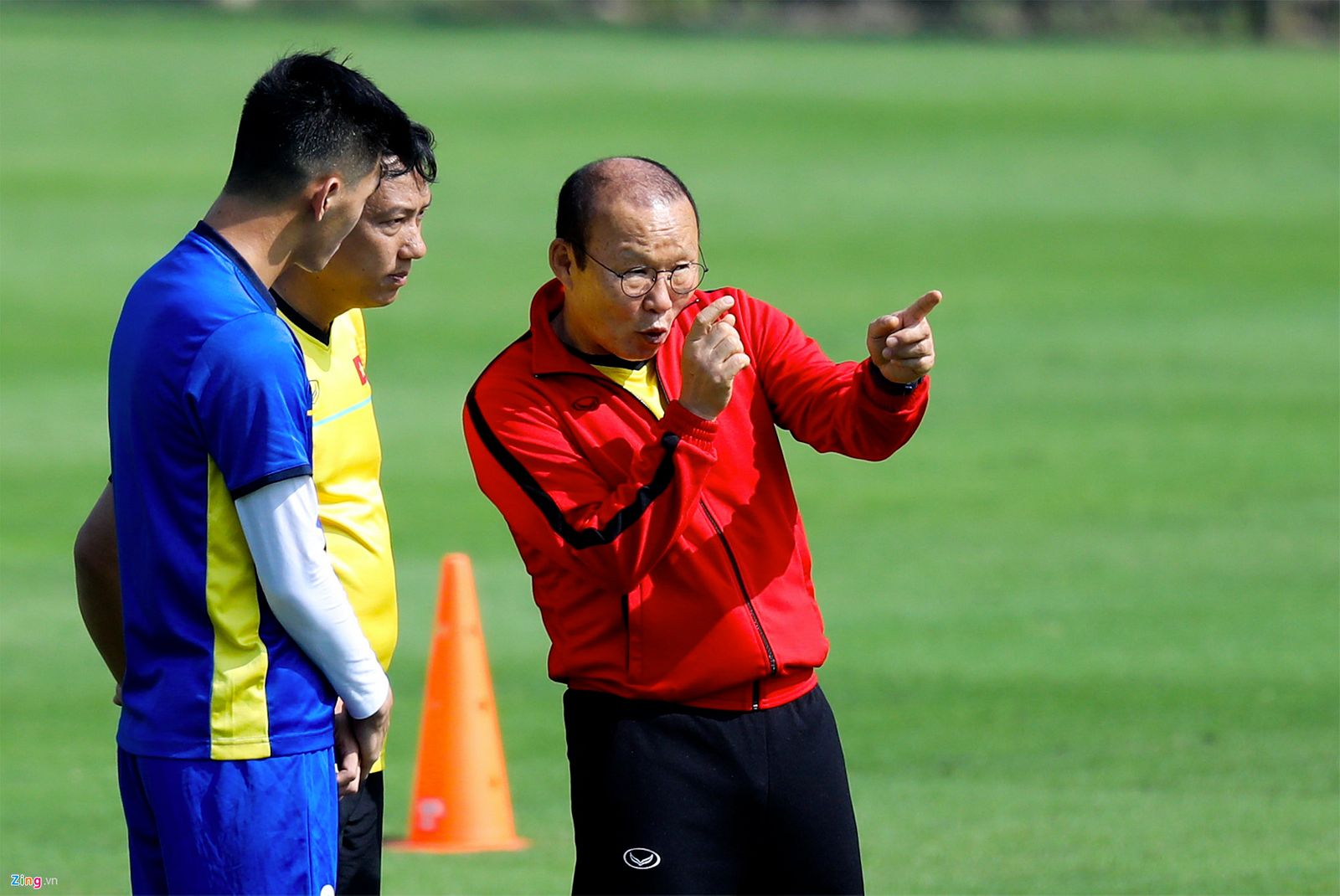In early 1976, shortly after the dust had started to settle in a now-unified Vietnam, Le Buu, general director of the country’s Sports Administration Department, was tasked with heading to Saigon to arrange a football match between one northern team and one southern team. It was intended to be an act of unification, of sports above politics.
This is not just a regular activity; this trip also has great political and social significance as a messenger of peace and national harmony in the early years of liberation and reunification of the country.Vietnam General Confederation of Labor, VTC
By the middle of that year, the team selected to represent Hanoi was announced. The General Department of Railways FC (CLB Tong cuc Duong sat), or TCDS for short, would shoulder the expectations of the newly formed Socialist Republic of Vietnam. TCDS was the most recent winner of the Northern Union Championship and, alongside the perennial powerhouse Army Team (The Cong), they were seen as the perfect choice to represent the north.
There was also a political reason to choose TCDS. Sports Administration Department head Buu told VTC: “We invited the Railway Team for a number of reasons. The country was about to undertake the building of the north-south line, and it promoted a sense of unity for the country, and the players of the railway team were seen as working-class, equals.”
Although expected to face little opposition from the southern outfit, TCDS’s management was instructed to take the game seriously. The team had been sent to tour in China earlier in the year, and were halfway through that trip when they received a call from government officials to prepare for “an important task”: train harder, prepare like never before and then travel to Saigon, they were told.

On the right: Le Thuy Hai, TCDS' defensive midfielder. Photo via VTC.
One of the younger members of the team was Mai Duc Chung, who later went on to manage a number of V.League clubs in the 2000s and temporarily take charge of the Vietnamese national team in 2017. Upon hearing the news that the team was to head to Saigon, Chung recalled to Bao Dong Nai: “Before we left we were all eager to see Saigon, to discover the level of football there, we were excited.”
As the date of departure from China grew closer, anxiety began to surface among the players. Chung continued: “The fear of flying for the first time was overshadowed by the words of our leaders: ‘The situation in Saigon is still uncertain, it’s still dangerous, no one should travel alone.”’
Future Prime Minister Vo Van Kiet, then chairman of the People’s Committee of what was now called Ho Chi Minh City, asked Buu which team would oppose TCDS. “My suggestion is Saigon Port (Cang Sai Gon). This is the team of the working-class people of the south. Additionally, they are the largest team [in southern Vietnam]”, he told VTC.
Thus, the stage was set: Saigon Port FC would play the General Department of Railways FC at Reunification Stadium in early November as the rainy season started to give way to the south’s hot, humid dry season.
In the early afternoon sun, military flight IL12 landed at Tan Son Nhat Airport, and there to welcome the players and officials of TCDS were representatives from the two biggest clubs in Saigon: Saigon Port captain Pham Huynh Tam Lang and the captain of Customs FC (Hai quan), Pham Van Lam. After 22 years of separation, footballers of the north and south had finally reunited.

TCDS' lineup before the match. Some notable figures: Tran Duy Long, the team coach (far left, standing); Le Thuy Hai (far left, crouching); and Mai Duc Chung (sixth from the left, standing). Photo via Bao Dong Nai.
Three days later, on November 7, crowds slowly started to gather outside the Reunification Stadium in District 10 as word of mouth continued to spread news of the afternoon’s match. Just as TCDS footballer Chung was curious about southern football, Saigon’s fans were equally fascinated to see the team from the north. Almost nothing was known about the quality of players from the region: were they bigger or stronger? Taller? Quicker?
The concrete bowl of Reunification Stadium started to fill. It was soon clear that the 25,000-seat capacity was simply not big enough; some 40,000 spilled into the stands and onto the running track surrounding the playing field. Hoang Gia, who played for TCDS that day, told Bao Moi: “I have never played in such an atmosphere; the audience poured down onto the pitch.” Even though the game wouldn't kick off until 7:30pm, the gates were closed by midday. Fans started climbing walls to find a vantage point; the running track surrounding the playing field had all but disappeared under the feet of an eager audience.
On the pitch, the game was an interesting match-up of two differing football philosophies, although the difference was somewhat predictable given the political situation of the previous 30 years. Saigon Port preferred a fluid 4-2-4 formation, a quick passing game based on the ideals of 1950s Brazilian coach Flávio Costa – their football was expressive, creative, and allowed for individual technique over the collective.
On the other side, TCDS coach Tran Duy Long had studied at the Kiev Institute of Sport and his footballing ideals followed those of Eastern Europe's. His team focused on the long ball game, switching play to the wings and taking opportunities to shoot whenever the team was within 25 yards of the opposition goal. Criticized in some corners, it was, above all else, effective: particularly in warm, humid climates like Saigon’s, the style’s lack of off-the-ball movement and running with the ball helped the players to preserve valuable energy. The team played a rigid 4-3-3, which had proved very successful for them during the previous Chinese tour.
As the game began, the preconceived notions of the fans – rumors of malnourished northern players or weak and pale southern footballers – quickly diminished. Both teams looked remarkably similar in health and stature, although TCDS central defender Le Khac Chinh did tell Lao Dong: “Indeed, the railway at that time players are tall, almost all on the 1m70, very evenly. In contrast, the Saigon player smaller. [sic]” It was hard to tell the difference, if any, between the men from the north and the men from the south.

Reunification Stadium, now called Thong Nhat, today. Photo via Cong An.
Of the conditions in and around the stadium on game day, TCDS left-winger Hoang Gia told Bao Moi: “As the whistle [for kick-off] blew, fans were still trying to get into the gates. The country was still recently liberated, so all four roads leading to the stadium were filled with tanks. There were many police both inside and outside the stadium.” As the teams walked out onto the pitch, gunfire exploded into the early evening sky, and the players were given a gentle reminder of the importance of the game.
By the second half, TCDS had taken a 2-0 lead and the atmosphere inside Reunification Stadium was starting to boil. TCDS striker Nguyen Minh Diem remembered thinking to himself: “Stay [sic] inside the stadium, there are still noises of distant explosions outside of the ground. I was still very worried.” Players on the field stated to look more nervous, more apprehensive and fearful.
The game ended 2-0 and without incident. TCDS team official Nguyen Van Loc fondly remembers the final whistle. "In my opinion the biggest success of the match wasafter referee Ho Thieu Quang blew the final whistle, the spectators around the stadium stood up and we received applause in support of both teams," he told VTC.
Reporter Truong Nguyen Viet added: “Players from both teams left Saigon with beautiful memories, the solidarity of the two regions holding hands to enter the field of play. It was a day of great joy and victory. At the end of the game, there were no losers, all of them were winners. It was a victory for the reunification of the north and south.”

Former TCDS striker Mai Duc Chung (left) and former Saigon Port striker Tu Le (right) shake hand before the historic 2015 rematch. Photo via VTC.
Today, the game is fondly remembered within the football community in Vietnam, as well as in society as a whole. Many of the players who took part in the famous “Reunification Game” went on to become coaches and managers themselves, helping to build the early foundations of Vietnamese football in the 1980s and 1990s. TCDS player Chinh told Lao Dong: “Our generation definitely considers this match an unforgettable part of our history. At the time, two footballing regions were completely unaware of each other. Although 40 years have now passed, when we think back, the memories are not faded, it was a match that helped to bridge [our country].”
In April of 2015, the surviving members of both teams reunited for a friendly game at Reunification Stadium, now known as Thong Nhat, though it looks much the same. Many stories were shared, and the politics of the past were all but forgotten.
[Top photo via VTV]















